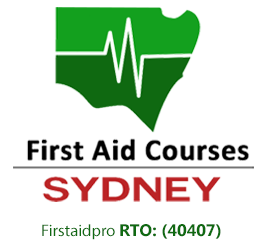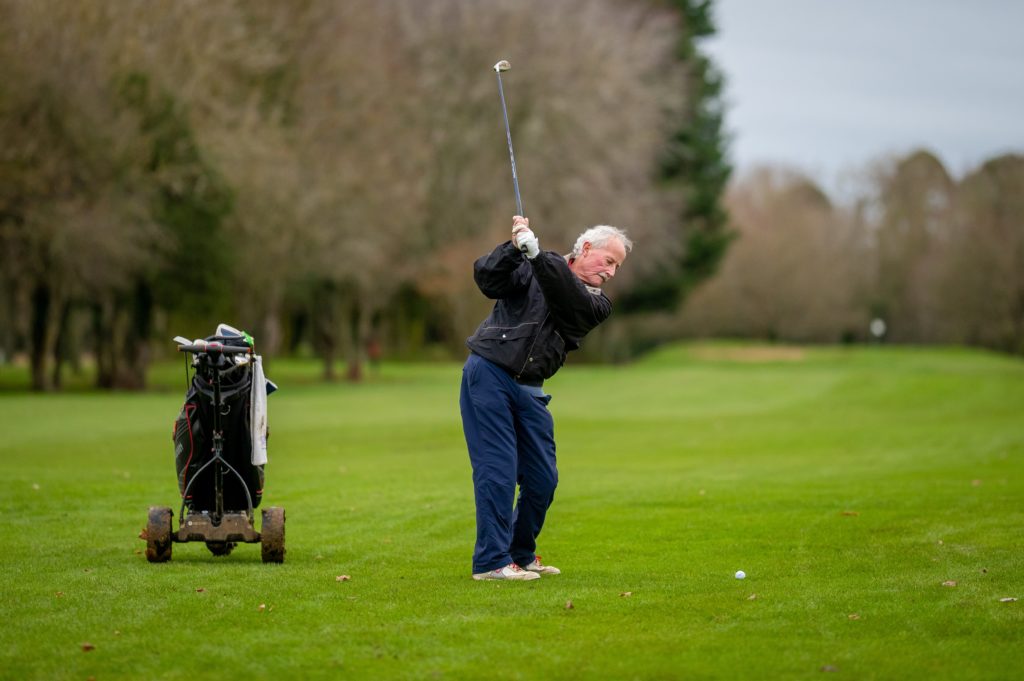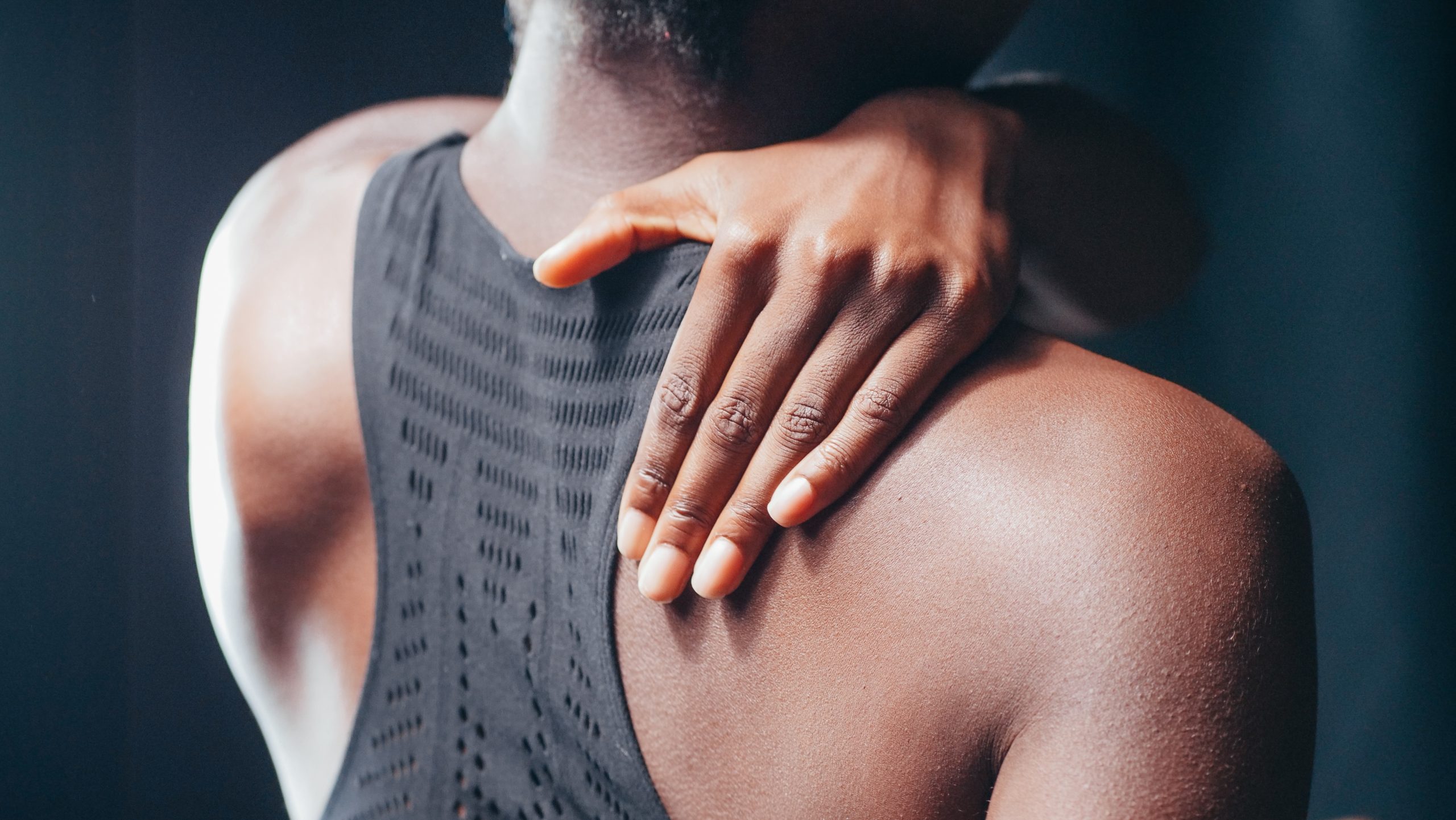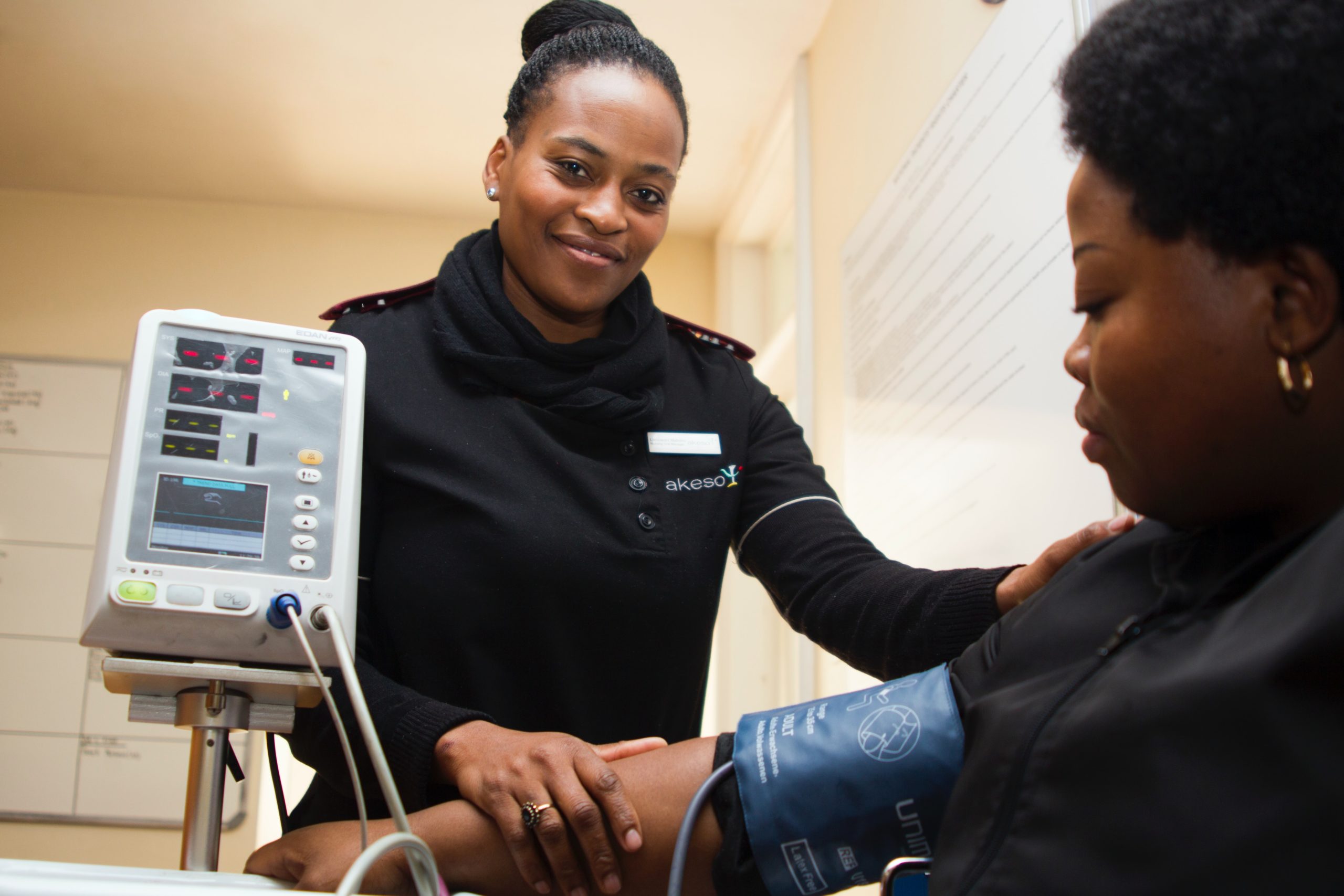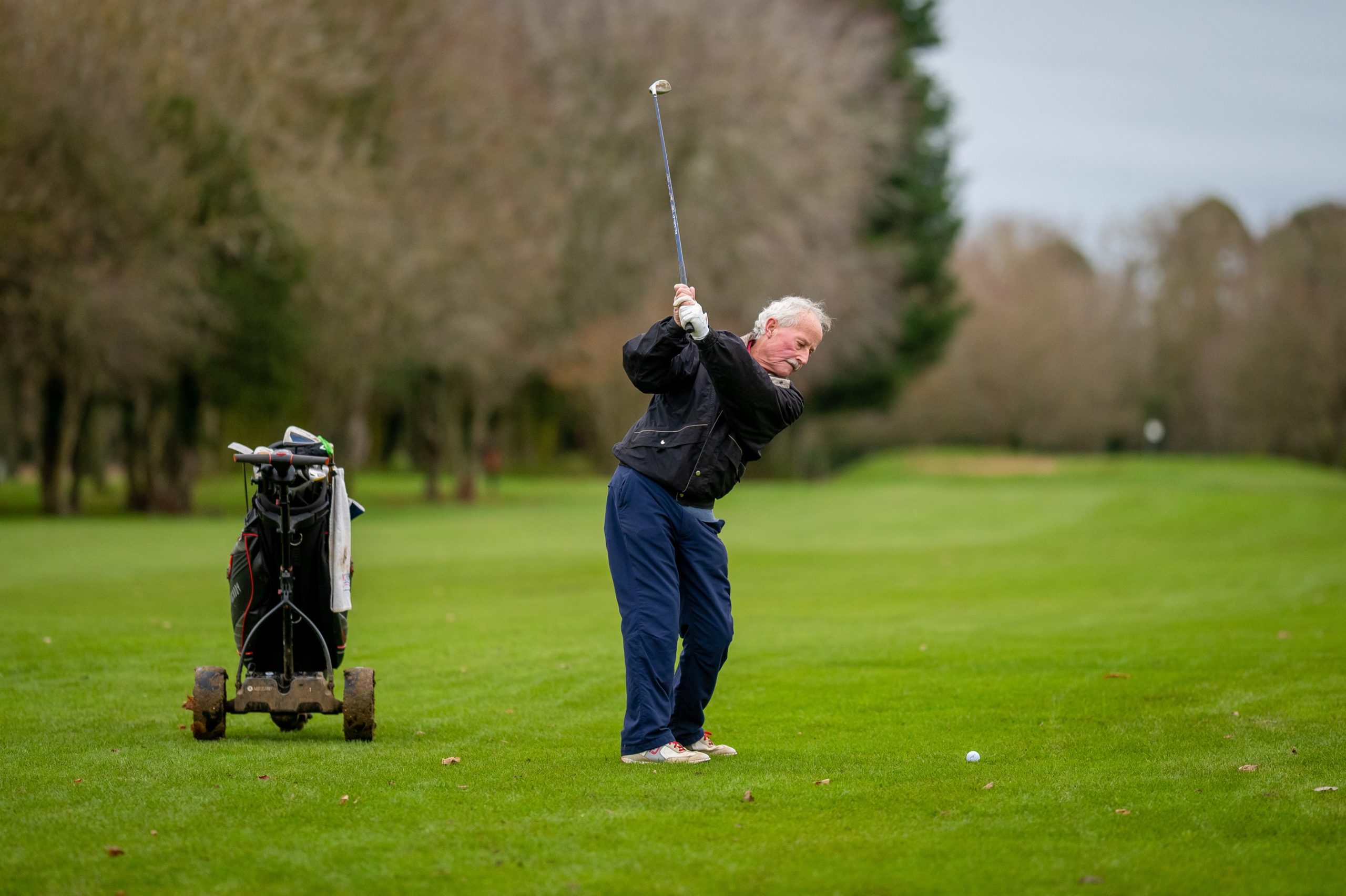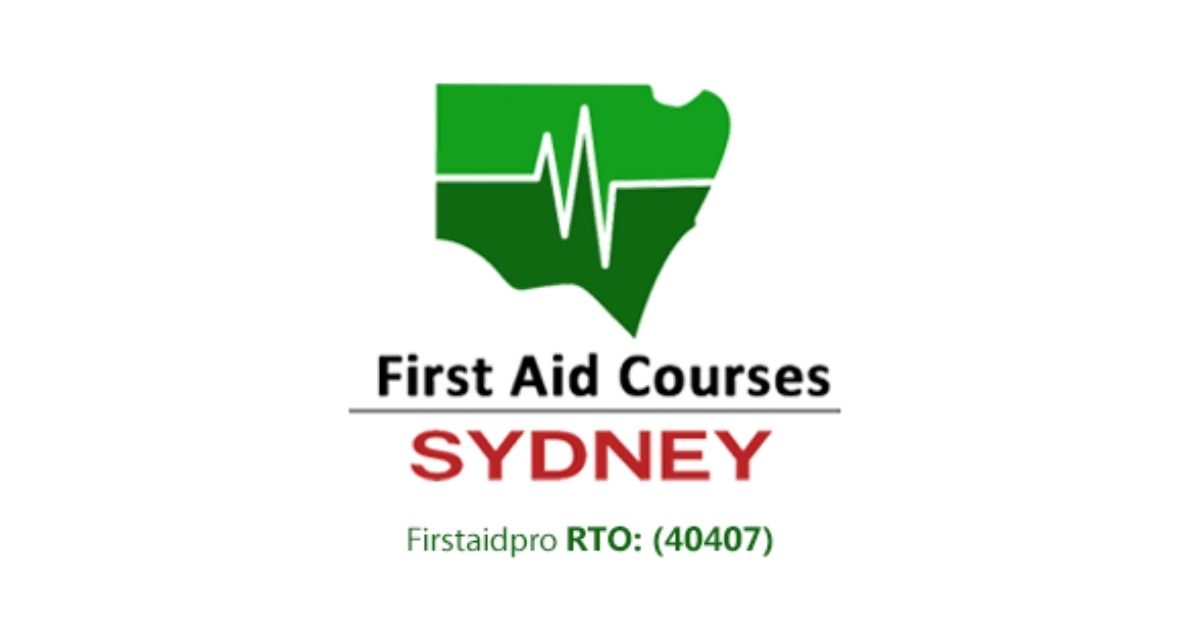Play golf? The chances are that if you are a fan of the sport and play it from time to time, you will suffer from one of the most common golf injuries at some point. Becoming aware of these injuries can prevent them or get them treated early to make sure you do not suffer from long-term damages.
Golf-related Injuries
To excel at golf, you will need to exert lots of time and effort, not to mention a great deal of skill. On top of that, golf also requires good mental fortitude and perseverance from its players.
The explosive nature of the swing while playing can put a tremendous amount of stress on a certain body part. Most professional golfers have experienced some injury at one time in their golfing careers. However, it’s not just the professionals who get to experience some of the most common injuries in golf. Even casual and weekend golfers can sustain injuries.
Several factors contribute to these injuries, including:
- Muscle overuse and over-practice
- Poor swing mechanics
- Over-swinging
- Improper or no warming up the muscles properly
- Rotational stresses placed on the spine area
- Incorrect grip and set-up
- Traumatic force to the body from a poorly executed swing
Interestingly, about 80% of golfers in the professional league have been injured due to overuse or over-practice. While a traumatic force of an accident has caused the remaining 20% of these golf injuries. For beginners, the most common injuries come from improper swinging, incorrect grip, and use of excessive force from the arms and shoulders.
Here are five of the most common golf injuries and how to treat them.
-
Back pain
Experts estimate that 80% of the overall population will experience some form of back pain in their lifetime, and the risk is higher among golfers. The one-sided and forceful rotational action you are doing in golf will strain the lower back. If left untreated, these back injuries can lead to more serious conditions.
Once you feel pain in your back, begin treatment immediately. For mild to moderate back pain, you can use alternating hot and cold packs, take pain medication, and get a deep tissue massage. For serious and painful back injuries, talk to your doctor or chiropractor immediately.
-
Rotator Cuff Injury
Rotator cuff injuries can range from tendonitis to partial or full tears that can cause pain in the arm and shoulder. These injuries are often caused by overuse or a single traumatic event while playing golf.
For acute rotator cuff injuries, getting enough rest and taking NSAIDs may be enough. But severe cases may require surgical intervention. Swing modifications are also recommended to prevent further damages.
-
Elbow Tendonitis
Tendonitis or the inflammation of the tendon issue is most common to affect the elbow area. It is also referred to as ‘tennis elbow’ or ‘golfer’s elbow’ depending on the position of the injury. Tennis elbow is if the injury is in the outer tendon, and the golfer’s elbow is in the inner part.
First aid treatment for elbow tendonitis may involve a combination of rest and taking medications.
-
Knee Pain
Gold swing action requires your knees to be under rotation and movement pressure. Knee pain is not mainly from golf, but it becomes worse by the swing movement, which can cause pain and swelling on the knee.
Treatment for this injury may depend on the cause of the problem. The initial recommended care is proper stretching, rest, and ice application to bring decrease inflammation. If this is working, it will alleviate symptoms. If not, you must see a doctor.
-
Wrist and Hand Injuries
The speed and force you exert in a perfect golf swing can put your wrist, hands, and fingers at risk of injury. The repetitive blunt trauma from such can lead to broken bones and tendon injuries.
You can prevent these injuries by learning the proper grips and avoiding long periods of playing golf. For treatment, get enough rest and receive special therapy from your doctor, if necessary.
Conclusion
Golf should be a fun, sporting activity without the risk of injuries. The good news is that many of these conditions are preventable and can be treated with first aid.
If you notice an unusual pain during or after playing golf, begin with the RICE protocol. RICE stands for rest, ice, elevation, and compression, which helps relieve pain and swelling. If you are still experiencing unbearable symptoms after this treatment, make an appointment with your doctor to help you diagnose, manage, and treat your pain.
Learn first aid to attend to minor golf injuries. Learn more by clicking here.
